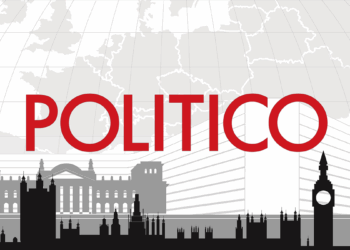The eurozone economy edged higher in the second quarter of the year despite uncertainty created by the U.S.’s April 2 tariff package.
Gross domestic product (GDP) in the currency area grew by 0.1 percent quarter on quarter, slightly ahead of analyst forecasts, which saw it flat.
The result is broadly positive, suggesting that the economy has, so far, weathered both the effects of U.S. President Donald Trump’s trade war and the unwinding of the tariff front-running that boosted figures in the first quarter of the year.
Germany and Italy — the bloc’s two big manufacturing economies — performed less well, with GDP contracting by 0.1 percent quarter-on-quarter. Franziska Palmas, senior Europe economist at Capital Economics, said that this leaves the long-suffering German economy at its pre-pandemic size.
“Germany is likely to be hit harder than other major economies by tariffs and continue to struggle this year before fiscal stimulus starts to boost the economy in 2026,” she said.
Spain continues to outperform, growing by 0.7 percent, making it the fastest-growing economy across the entire European Union.
The currency area’s economic performance, while hardly stellar, is solid enough to likely dissuade the European Central Bank’s Governing Council from lowering its key policy interest rate in September.
However, it remains to be seen how the eurozone reacts to the 15 percent tariffs enacted by its biggest trade partner, the U.S., as part of the trade deal struck by Trump and European Commission President Ursula von der Leyen in Scotland.
The post Eurozone ekes out growth despite trade war appeared first on Politico.




